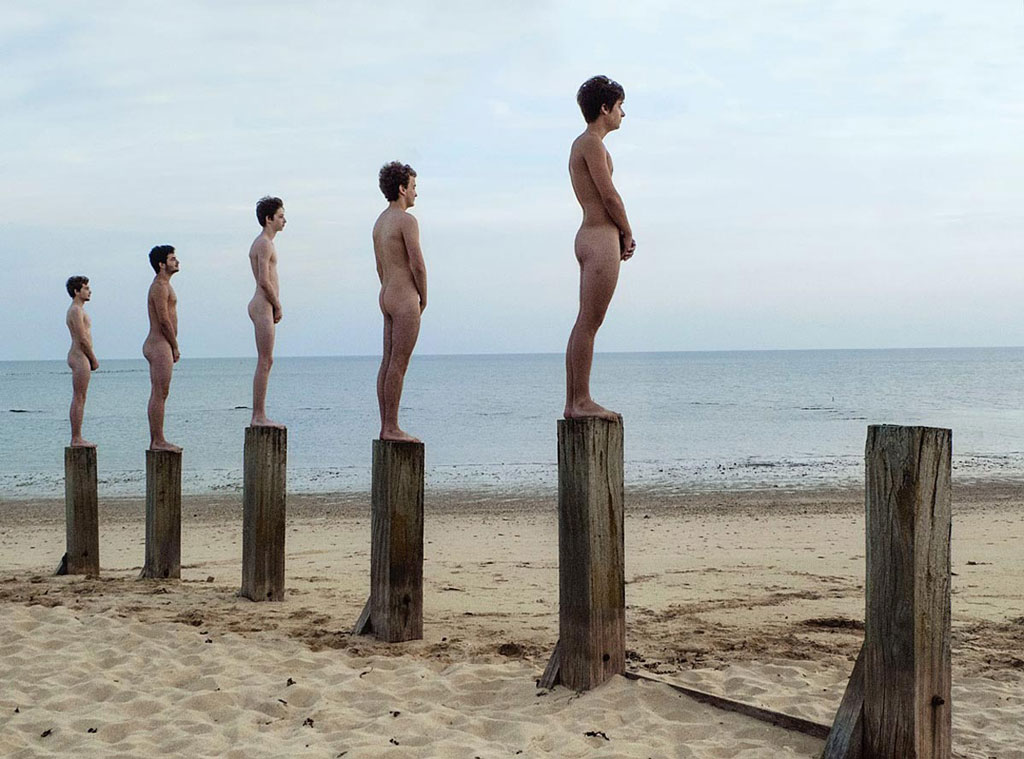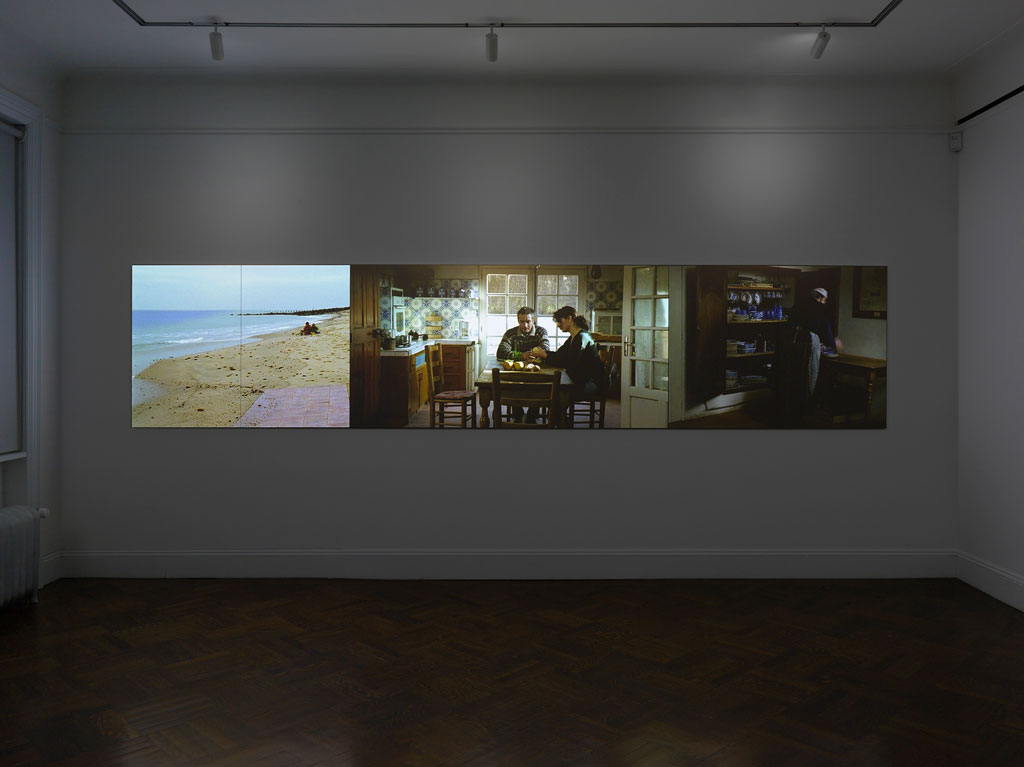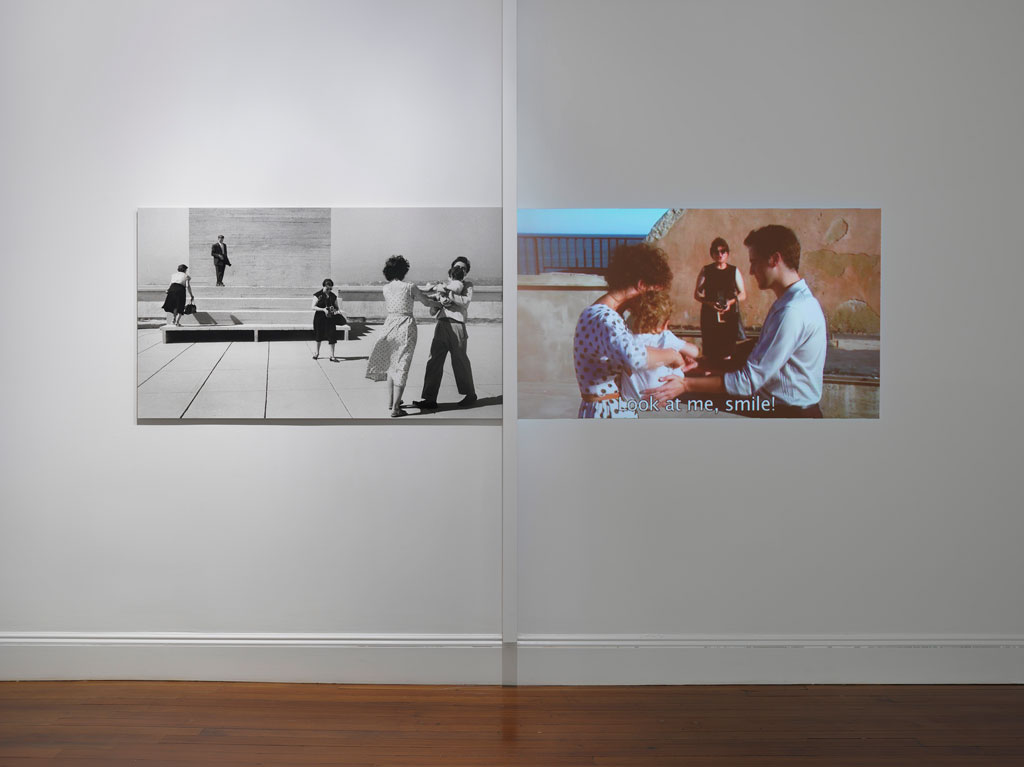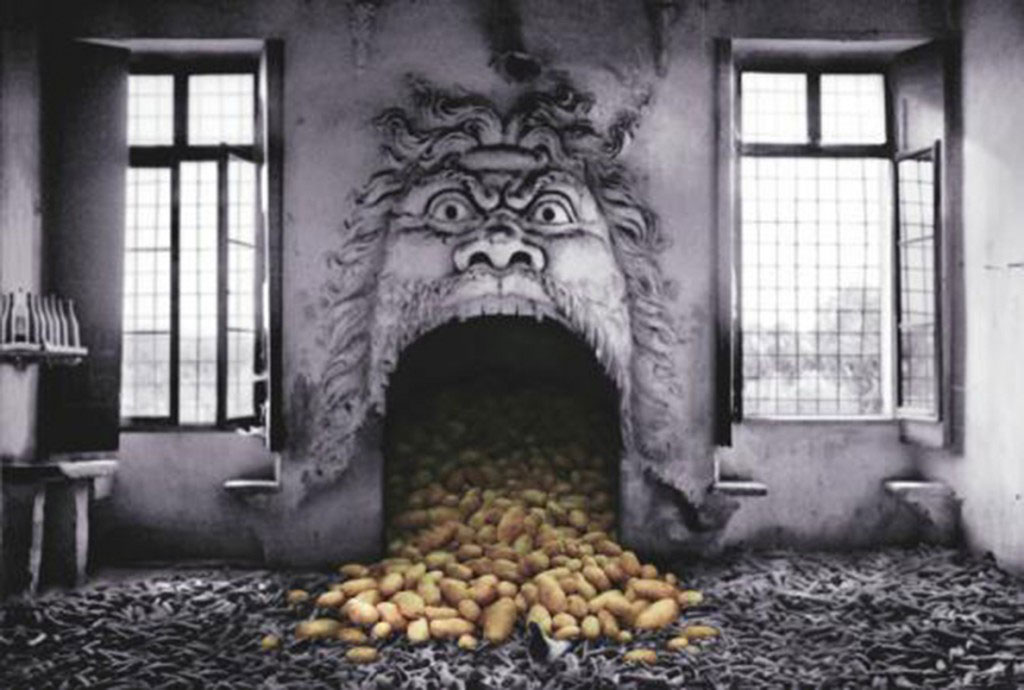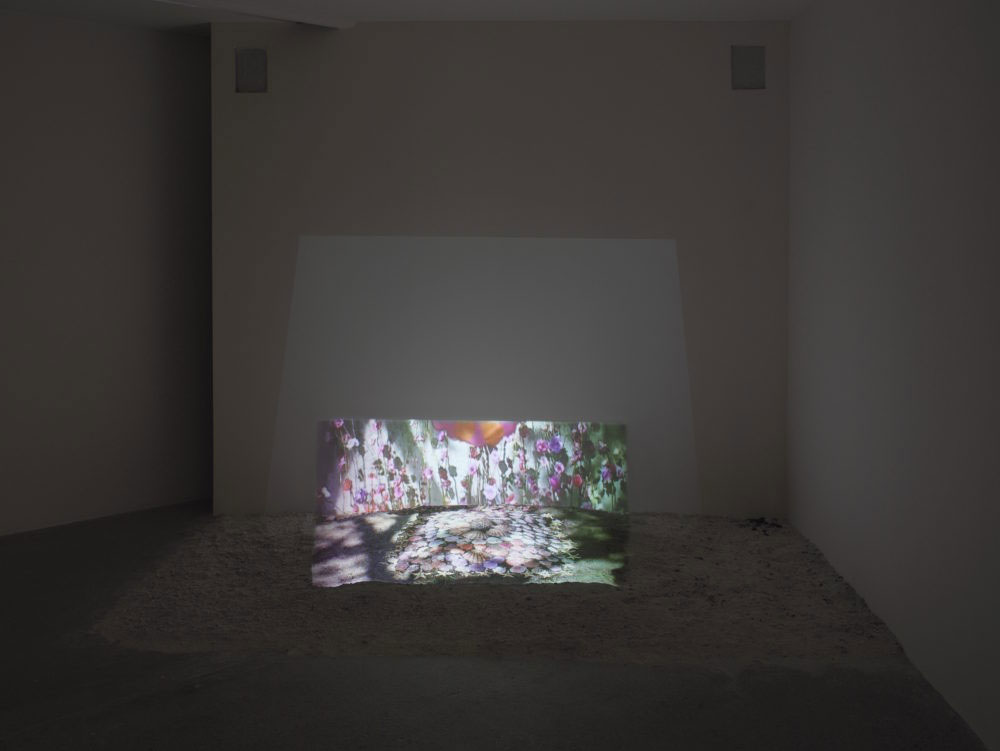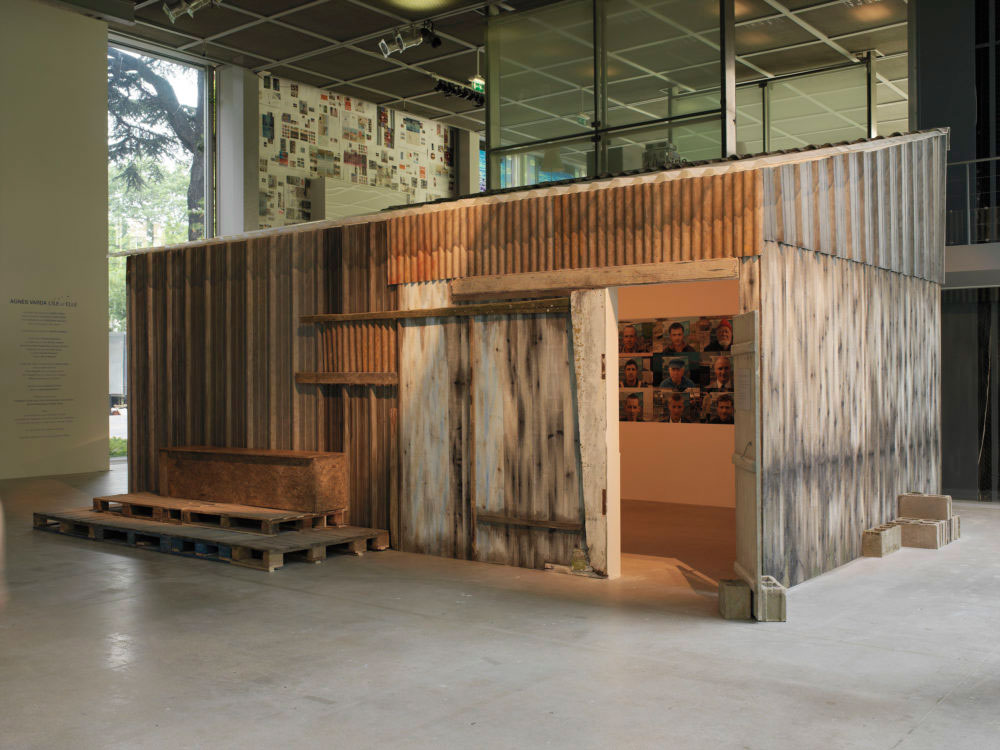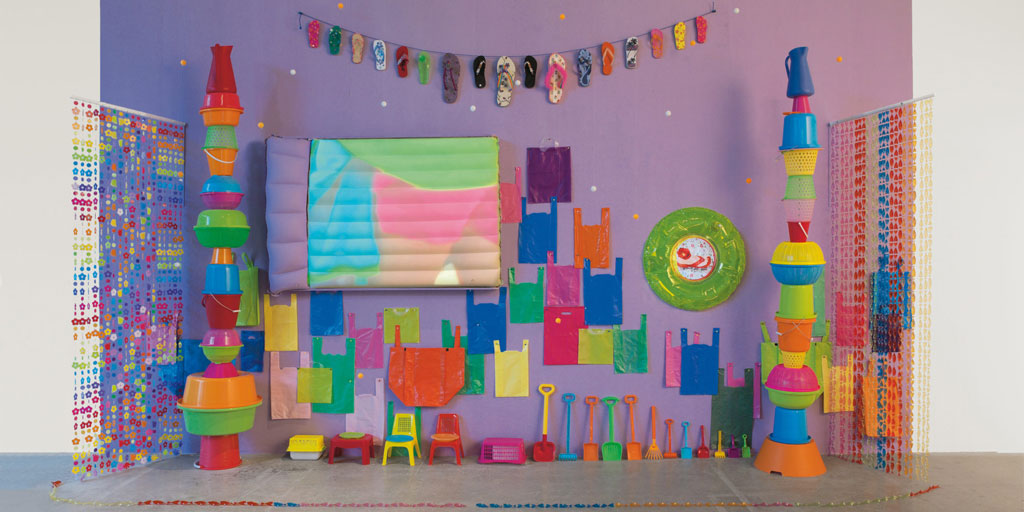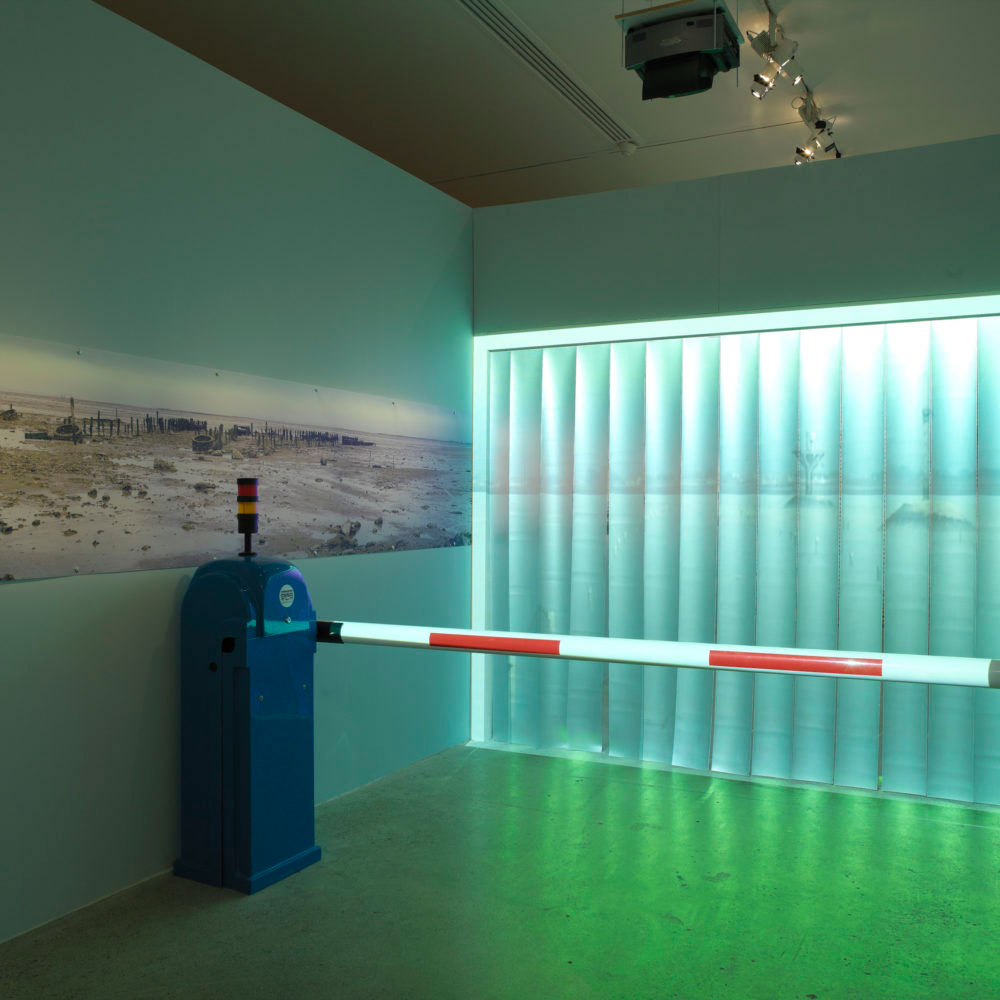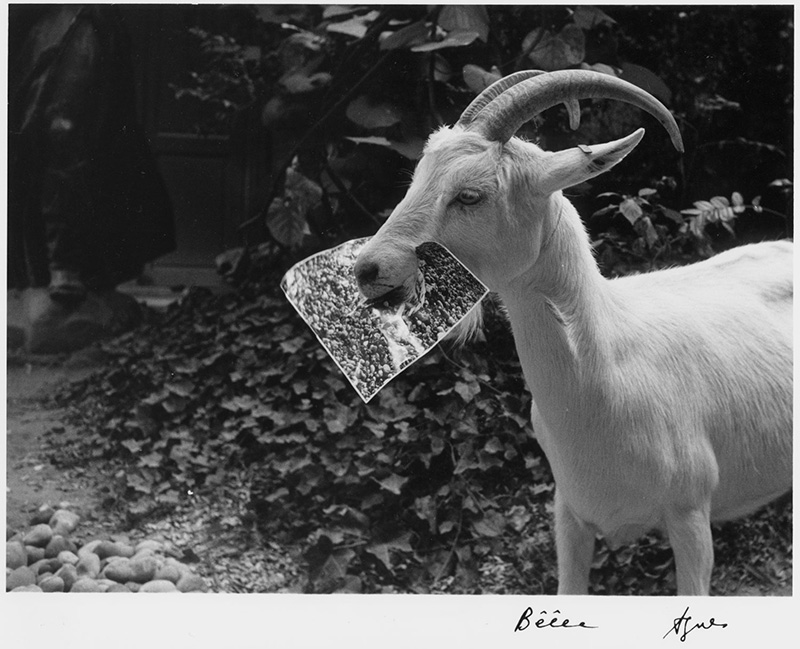TRACES: Agnès Varda
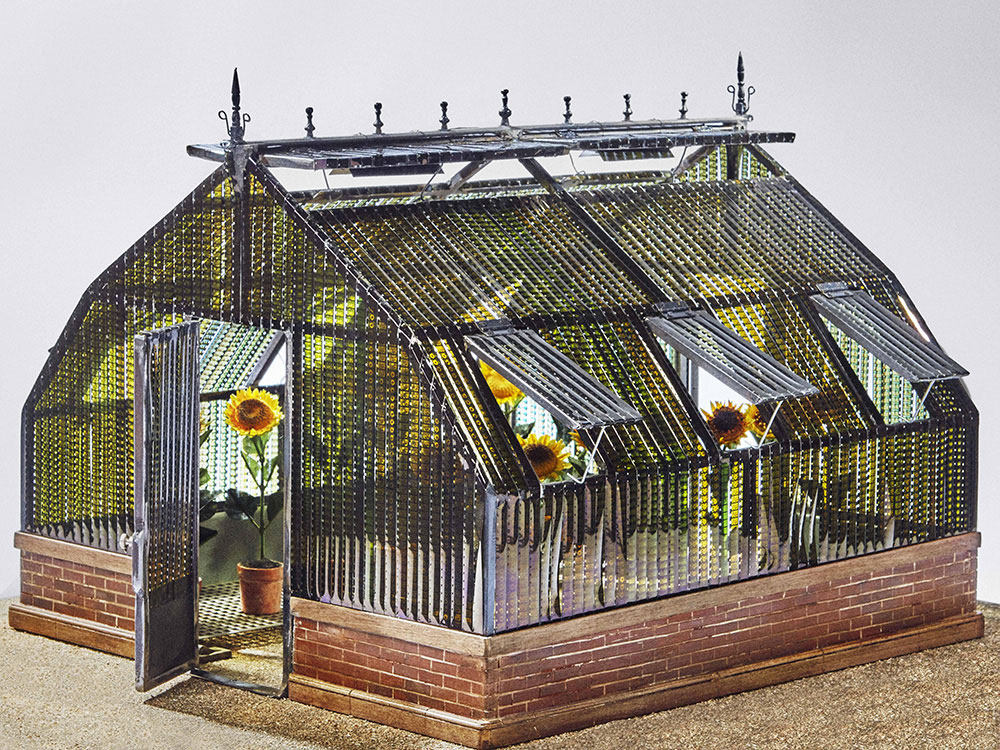 Today is the occasion to bear in mind Agnès Varda, (30/5/1928-29/3/2019) the French director and photographer whose first film, “La Pointe Courte” (1954), was a precursor of the French New Wave movies of the 1960s. She describes her style as cinécriture (writing on film), and conceived many of her films as political and feminist statements, often crossing genres as she proceeded, always formally daring her viewer to look where before they had only overlooked. The results, whether fictional or actual, produce radical documents of unforgettable people. Through documents or interviews, starting with: moments and memories, we reveal out from the past-unknown sides of big personalities, who left their indelible traces in time and history…
Today is the occasion to bear in mind Agnès Varda, (30/5/1928-29/3/2019) the French director and photographer whose first film, “La Pointe Courte” (1954), was a precursor of the French New Wave movies of the 1960s. She describes her style as cinécriture (writing on film), and conceived many of her films as political and feminist statements, often crossing genres as she proceeded, always formally daring her viewer to look where before they had only overlooked. The results, whether fictional or actual, produce radical documents of unforgettable people. Through documents or interviews, starting with: moments and memories, we reveal out from the past-unknown sides of big personalities, who left their indelible traces in time and history…
By Dimitris Lempesis
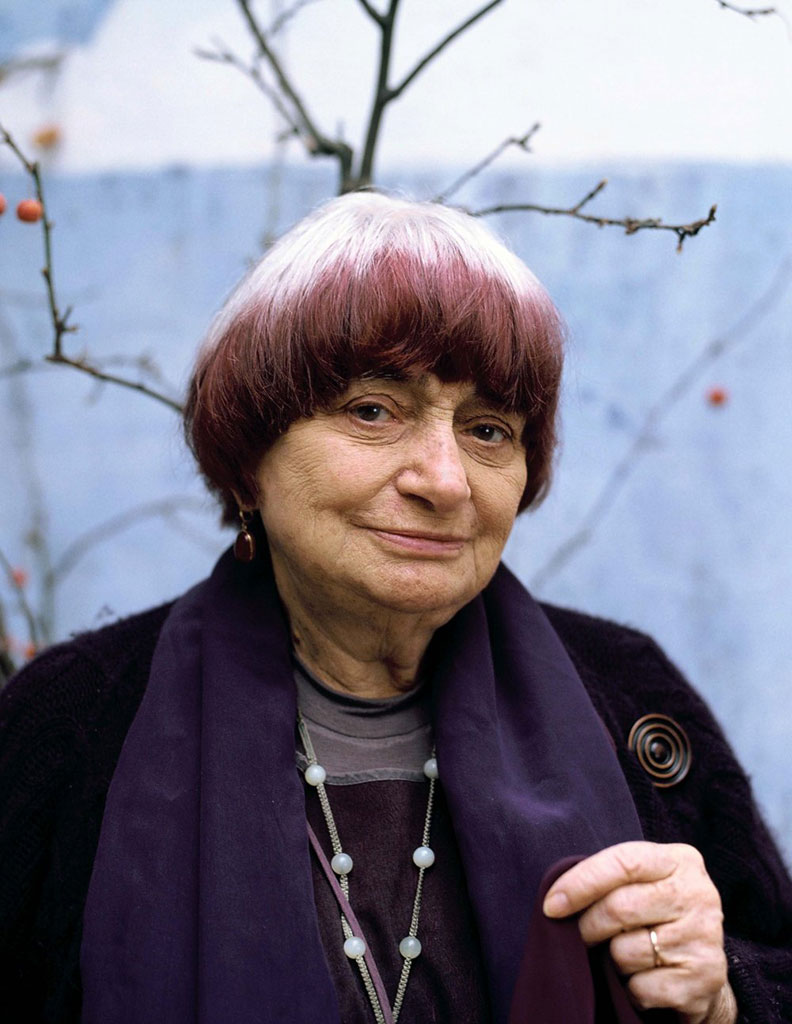 Agnès Varda was born Arlette Varda on May 30, 1928, in Brussels, Belgium to a Greek father and French mother, Agnès Varda has been a leading figure in French and international filmmaking for over 50 years. Her father is Greek, and her mother is of French origins. When she was 18 Varda legally changed her name to Agnès. She escaped from Belgium in 1940 to go live in Sète, France, with her family where she spent her teenager years. Agnès Varda studied at the École du Louvre with a focus on art history and photography at the École des Beaux-Arts. She then went on to work at the Théâtre National Populaire in Paris as a photographer, which was directed by the famous French actor and filmmaker Jean Villar. In a 2009 interview, speaking about her childhood and how it relates to her career, she shared the following “I just didn’t see films when I was young. I was stupid and naïve. Maybe I wouldn’t have made films if I had seen lots of others; maybe it would have stopped me. I started totally free and crazy and innocent. Now I’ve seen many films, and many beautiful films. And I try to keep a certain level of quality of my films. I don’t do commercials, I don’t do films pre-prepared by other people, I don’t do star system. So I do my own little thing”. While still in Paris, she met her future husband Jacques Demy, also a French actor and filmmaker. Her first feature-length film “La Pointe Courte” (1955), which she manage to put together with little money, was an early anticipation of the French New Wave, and it was well received by the French cinema community. Agnès Varda’s work is often connected to the French New Wave, and her early films were clear precedents for the stylistic tendencies which the New Wave directors delineated. However, her work remains particular to her own unique perspective on the world, resisting the paradigms of movements in art and film. The themes and issues in her films focus on eroticism and age, death and time, the collective unconscious, and the presentability of social taboos. Her work is distinct from the French New Wave also for its crossing of genres, as she is known as much for her documentaries and shorts as for her feature-length dramas. Not limiting herself to the borders of France, her films have been shot in a variety of locations, including the United States, Cuba, and Iran. The documentary form is simultaneously utilized and deconstructed in Agnès Varda’s films. While many of her films are considered to be proper documentaries, their fundamental undermining of the objectivity of the documentary form, their blending of seriousness and play, as well as the introduction of subjectivity bring her films into an entirely different category. The subjective factor is something which Agnès Varda does not turn away from or try to cover up, as she readily integrates herself into her films. One example is in the film “Uncle Yanco” (1967), in which she is having dinner with her Uncle Yanco and she gestures to one of the dinner guests to shut off the camera. This moment, which is kept in the final cut, is a point where documentary and narrative cross and are no longer distinguishable. Between 1968 and 1970, she lived in Los Angeles and made the hippy movie “Lions love”. Once back in France, she directed an optimistic feminist movie: “L’une chante, l’autre pas” (1977), the same year she was one of the 343 women to have signed the “Manifesto of the 343” thereby admitting to have had an abortion and making themselves vulnerable to possible prosecution. Varda went back to live in Los Angeles from 1979 to 1981 and during that time made two documentaries: “Murs, murs” and “Documenteur”. One of Agnès Varda’s more controversial films is “Kung-Fu Master” (1987) a fictional film, that though the casting of the main characters draws an interesting parallel with reality. In a fearless way, the film tells the story of an adult woman who falls in love with a young boy named Julien. The woman is played by Agnès Varda’s friend Jane Birkin, and the boy is played by Agnès Varda’s son. After the death of Jacques Demy, her husband, in 1990, she made three films as a tribute: the fiction “Jacquot de Nantes” (1991), and two documentaries, “Les demoiselles ont eu 25 ans” (1993), and “L’Univers de Jacques Demy” (1994). In 2000, her movie “Les Glaneurs et la Glaneuse” is another important moment of her career because for the first time she uses a digital camera. The film tracks a series of gleaners* as they hunt for food, knicknacks, thrown away items, and personal connection. Varda travels the French countryside as well as the city to find and film not only field gleaners, but also urban gleaners and those connected to gleaners, including a wealthy restaurant owner whose ancestors were gleaners. The film spends time capturing the many aspects of gleaning and the many people who glean to survive. One such person is the teacher named Alain, an urban gleaner with a master’s degree who teaches French to immigrants. Two year years later she made a sequel entitled “Les Glaneurs et la glaneuse… deux ans après” (2002), “Les Plages d’Agnès” (2008) an account of her life; and the Academy Award-nominated “Visages villages” (2017), in which Varda and artist JR travel throughout France, photographing various people they encounter. Her life as an artist began at the Venice Biennale in 2003 with the triptych video installation “Patatutopia”, celebrating wizened heart-shaped potatoes, their sprouts and roots. From 2006 she started to create shacks, all were made of composite prints of various films. When the viewer focuses on the glass walls, he sees that the greenhouse is made of an entire print of film strips that coverd the walls, doors and the roof, as the artist characteristic said “My nostalgia for 35mm cinema turned into a recycling whim… I build shacks with the waste reels of my movies… Now, movies are carried on digital files, both image and sound, weighing approximately 200gr when non-dematerialized. So loads of coils and film reels were discarded…”. Commissioned by Liverpool Biennial and FACT “3 moving images. 3 rhythms. 3 sounds” (2018) is a three-channel video installation, whose varying speeds stimulate a reflection on temporality and the rhythm of human life. It combines extracts from three of Varda’s films: “Documenteur” (1981), “Vagabond” (1985) and “The Gleaners” (2000). Though created over a long time period, all three films portray individuals in society through poetic images, also she presented “5 reveurs”, a large-scale photographic installation.
Agnès Varda was born Arlette Varda on May 30, 1928, in Brussels, Belgium to a Greek father and French mother, Agnès Varda has been a leading figure in French and international filmmaking for over 50 years. Her father is Greek, and her mother is of French origins. When she was 18 Varda legally changed her name to Agnès. She escaped from Belgium in 1940 to go live in Sète, France, with her family where she spent her teenager years. Agnès Varda studied at the École du Louvre with a focus on art history and photography at the École des Beaux-Arts. She then went on to work at the Théâtre National Populaire in Paris as a photographer, which was directed by the famous French actor and filmmaker Jean Villar. In a 2009 interview, speaking about her childhood and how it relates to her career, she shared the following “I just didn’t see films when I was young. I was stupid and naïve. Maybe I wouldn’t have made films if I had seen lots of others; maybe it would have stopped me. I started totally free and crazy and innocent. Now I’ve seen many films, and many beautiful films. And I try to keep a certain level of quality of my films. I don’t do commercials, I don’t do films pre-prepared by other people, I don’t do star system. So I do my own little thing”. While still in Paris, she met her future husband Jacques Demy, also a French actor and filmmaker. Her first feature-length film “La Pointe Courte” (1955), which she manage to put together with little money, was an early anticipation of the French New Wave, and it was well received by the French cinema community. Agnès Varda’s work is often connected to the French New Wave, and her early films were clear precedents for the stylistic tendencies which the New Wave directors delineated. However, her work remains particular to her own unique perspective on the world, resisting the paradigms of movements in art and film. The themes and issues in her films focus on eroticism and age, death and time, the collective unconscious, and the presentability of social taboos. Her work is distinct from the French New Wave also for its crossing of genres, as she is known as much for her documentaries and shorts as for her feature-length dramas. Not limiting herself to the borders of France, her films have been shot in a variety of locations, including the United States, Cuba, and Iran. The documentary form is simultaneously utilized and deconstructed in Agnès Varda’s films. While many of her films are considered to be proper documentaries, their fundamental undermining of the objectivity of the documentary form, their blending of seriousness and play, as well as the introduction of subjectivity bring her films into an entirely different category. The subjective factor is something which Agnès Varda does not turn away from or try to cover up, as she readily integrates herself into her films. One example is in the film “Uncle Yanco” (1967), in which she is having dinner with her Uncle Yanco and she gestures to one of the dinner guests to shut off the camera. This moment, which is kept in the final cut, is a point where documentary and narrative cross and are no longer distinguishable. Between 1968 and 1970, she lived in Los Angeles and made the hippy movie “Lions love”. Once back in France, she directed an optimistic feminist movie: “L’une chante, l’autre pas” (1977), the same year she was one of the 343 women to have signed the “Manifesto of the 343” thereby admitting to have had an abortion and making themselves vulnerable to possible prosecution. Varda went back to live in Los Angeles from 1979 to 1981 and during that time made two documentaries: “Murs, murs” and “Documenteur”. One of Agnès Varda’s more controversial films is “Kung-Fu Master” (1987) a fictional film, that though the casting of the main characters draws an interesting parallel with reality. In a fearless way, the film tells the story of an adult woman who falls in love with a young boy named Julien. The woman is played by Agnès Varda’s friend Jane Birkin, and the boy is played by Agnès Varda’s son. After the death of Jacques Demy, her husband, in 1990, she made three films as a tribute: the fiction “Jacquot de Nantes” (1991), and two documentaries, “Les demoiselles ont eu 25 ans” (1993), and “L’Univers de Jacques Demy” (1994). In 2000, her movie “Les Glaneurs et la Glaneuse” is another important moment of her career because for the first time she uses a digital camera. The film tracks a series of gleaners* as they hunt for food, knicknacks, thrown away items, and personal connection. Varda travels the French countryside as well as the city to find and film not only field gleaners, but also urban gleaners and those connected to gleaners, including a wealthy restaurant owner whose ancestors were gleaners. The film spends time capturing the many aspects of gleaning and the many people who glean to survive. One such person is the teacher named Alain, an urban gleaner with a master’s degree who teaches French to immigrants. Two year years later she made a sequel entitled “Les Glaneurs et la glaneuse… deux ans après” (2002), “Les Plages d’Agnès” (2008) an account of her life; and the Academy Award-nominated “Visages villages” (2017), in which Varda and artist JR travel throughout France, photographing various people they encounter. Her life as an artist began at the Venice Biennale in 2003 with the triptych video installation “Patatutopia”, celebrating wizened heart-shaped potatoes, their sprouts and roots. From 2006 she started to create shacks, all were made of composite prints of various films. When the viewer focuses on the glass walls, he sees that the greenhouse is made of an entire print of film strips that coverd the walls, doors and the roof, as the artist characteristic said “My nostalgia for 35mm cinema turned into a recycling whim… I build shacks with the waste reels of my movies… Now, movies are carried on digital files, both image and sound, weighing approximately 200gr when non-dematerialized. So loads of coils and film reels were discarded…”. Commissioned by Liverpool Biennial and FACT “3 moving images. 3 rhythms. 3 sounds” (2018) is a three-channel video installation, whose varying speeds stimulate a reflection on temporality and the rhythm of human life. It combines extracts from three of Varda’s films: “Documenteur” (1981), “Vagabond” (1985) and “The Gleaners” (2000). Though created over a long time period, all three films portray individuals in society through poetic images, also she presented “5 reveurs”, a large-scale photographic installation.
*Gleaning is the act of collecting leftover crops from farmers’ fields after they have been commercially harvested or on fields where it is not economically profitable to harvest.
The last film from the late French New Wave filmmaker Agnès Varda (Faces Places) traces her legendary career and life with characteristic humour and vibrant energy, presenting a portrait of an artist who lived through her films and revealed the extraordinary in the ordinary

